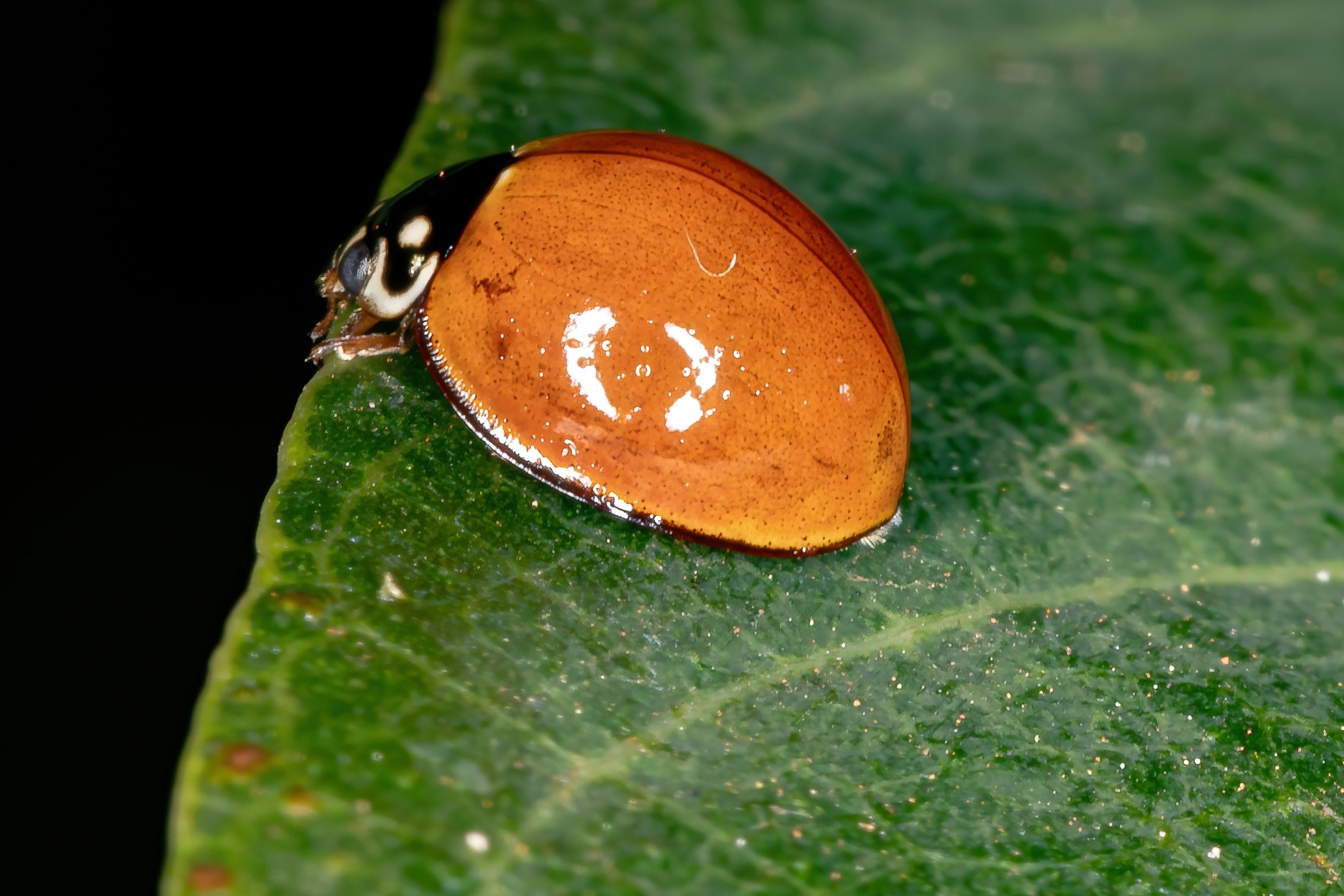California lady beetle
(Coccinella californica)

Description
Coccinella californica, commonly known as the California Lady Beetle or the California Ladybug, is a species of lady beetle native to the western regions of North America, particularly California. Belonging to the family Coccinellidae, this charismatic insect has become a beloved symbol of luck and natural pest control. With its vibrant colors and voracious appetite for plant pests, Coccinella californica plays an essential role in maintaining ecological balance in its native habitats. This article explores the fascinating characteristics, life cycle, habitat, and ecological significance of Coccinella californica. Taxonomy and Nomenclature Coccinella californica was first described by the entomologist John L. LeConte in 1852. The species name "californica" refers to its native range in California, where it is commonly found. Lady beetles belong to the order Coleoptera and the family Coccinellidae, which includes approximately 6,000 species worldwide. They are commonly known as ladybugs in North America and ladybirds in Europe. Physical Description The California Lady Beetle is a small insect, measuring about 5 to 8 millimeters in length. It has a rounded, dome-shaped body with a smooth, shiny texture. The exoskeleton of Coccinella californica is usually red or orange with black spots, although the coloration can vary slightly among individuals. The number and arrangement of spots on the elytra, the hardened forewings, can be used to distinguish different lady beetle species. Life Cycle and Reproduction Like other lady beetles, Coccinella californica undergoes complete metamorphosis, which consists of four distinct stages: egg, larva, pupa, and adult. In the spring, female lady beetles lay clusters of bright yellow or orange eggs on the undersides of leaves near aphid colonies or other prey sources. Each cluster may contain several dozen eggs. After a few days, the eggs hatch into larvae, which resemble small alligators with black and orange bodies. Lady beetle larvae are voracious predators and feed primarily on aphids, mealybugs, mites, and other soft-bodied insects. They undergo several molts, during which they grow in size, before reaching the pupal stage. The pupal stage is a transformative period during which the larva transforms into an adult beetle. The pupa is immobile and encased in a protective shell. Inside the pupal case, the body undergoes significant changes, and after a week or two, the adult lady beetle emerges. The newly emerged adult is soft and pale, but it quickly hardens and gains its vibrant colors. Habitat and Distribution Coccinella californica is predominantly found in the western regions of North America, particularly in California, where it is native. It thrives in a variety of habitats, including gardens, meadows, forests, and agricultural fields. The availability of suitable prey, such as aphids, is a key factor in determining its distribution. Ecological Significance The California Lady Beetle is considered a beneficial insect in agriculture and horticulture due to its predatory nature. It is a voracious consumer of plant pests, especially aphids, which are notorious for damaging crops and ornamental plants. A single adult lady beetle can consume dozens of aphids per day, making it an effective natural enemy of these pests. The presence of Coccinella californica in agricultural landscapes reduces the reliance on chemical pesticides, leading to more sustainable pest control practices. Farmers and gardeners often encourage the presence of lady beetles by providing suitable habitats, such as flowering plants that attract aphids and other prey insects. This practice, known as conservation biological control, promotes the natural balance of pest populations and reduces the need for synthetic insecticides. Furthermore, Coccinella californica contributes to the overall biodiversity and ecological health of its habitat. Lady beetles, including Coccinella californica, are an important part of the food web, serving as a food source for other predators such as birds, spiders, and reptiles. They also play a role in pollination by visiting flowers in search of nectar and pollen. Interestingly, Coccinella californica is known to exhibit aposematic coloration, which means its bright colors serve as a warning to potential predators. Lady beetles contain toxic compounds in their hemolymph, or "blood," which are released when threatened or disturbed. The bold red or orange coloration, combined with the black spots, signals to predators that the lady beetle is unpalatable or potentially harmful. This defense mechanism helps protect the lady beetle from predation and enhances its survival. Conservation and Threats While Coccinella californica is not currently considered endangered or threatened, it, like many other insect species, faces various challenges in the changing landscape. Habitat loss due to urbanization, agricultural intensification, and the use of broad-spectrum pesticides can negatively impact lady beetle populations. Additionally, climate change and the introduction of non-native species can disrupt the delicate ecological balance and affect the availability of prey insects. To ensure the long-term conservation of Coccinella californica and other lady beetles, it is crucial to adopt sustainable agricultural practices that minimize the use of chemical pesticides and provide suitable habitats for natural enemies. Conservation efforts can include the creation of native plant corridors, reduced pesticide application, and the promotion of biological control strategies in agricultural landscapes. Conclusion Coccinella californica, the California Lady Beetle, is a remarkable insect that brings both aesthetic beauty and ecological benefits to its native habitats. Its vibrant colors, predatory behavior, and role as a natural pest controller have made it a beloved symbol of luck and harmony with nature. Understanding and appreciating the ecological significance of Coccinella californica can inspire conservation efforts and foster a deeper respect for the intricate web of life in which we are all interconnected.
Taxonomic tree:







